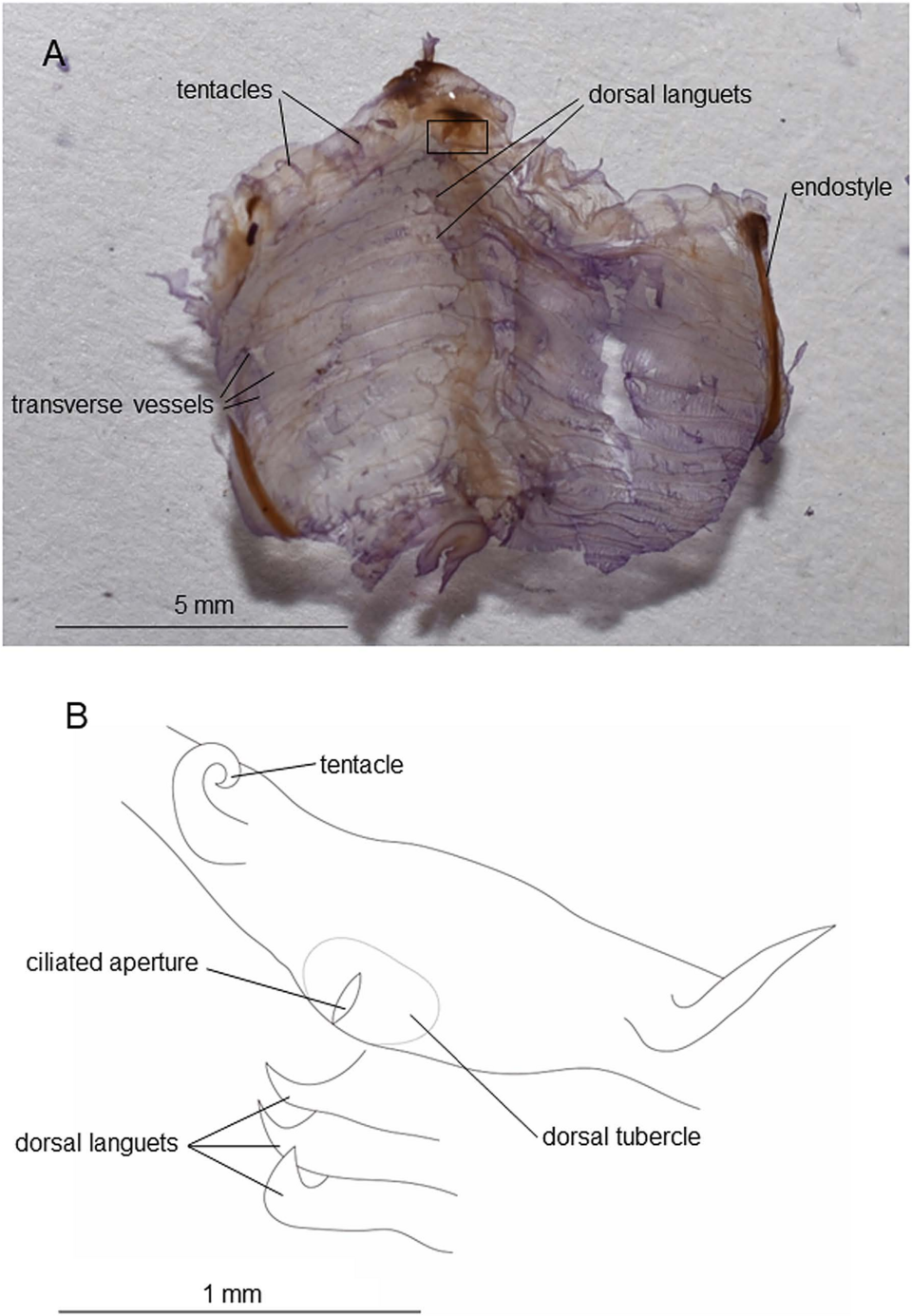New Species of Sea Creature Discovered in Japan: Clavelina Ossipandae

In a remarkable marine discovery, divers off the coast of Kumejima Island, Japan, have identified a new species of sea creature, Clavelina ossipandae, notable for its striking resemblance to a panda skeleton. This unusual organism, measuring approximately 20 millimeters, possesses distinctive skeletal-like features, which have captivated both marine biologists and citizen scientists since its images went viral on social media. The findings, published in the journal *Species Diversity* on July 19, 2025, underscore the vital role of citizen science in biological research and the ongoing exploration of marine biodiversity.
The discovery of Clavelina ossipandae was initially sparked by the observations of recreational divers who shared photos of the creature online, leading scientists to investigate further. According to Naohiro Hasegawa, a marine biologist at Hokkaido University and co-author of the study, "The white parts that look like bones are actually blood vessels that run horizontally through the sea squirts’ gills." This anatomical feature has raised questions about the evolutionary significance of the creature's unique coloration and patterning.
The identification of this new species was confirmed through genetic testing, revealing a 1.26% divergence from similar species, which was sufficient to classify Clavelina ossipandae as distinct within the Clavelina genus. This finding emphasizes the importance of genetic barcoding in taxonomy and species identification, as it provides valuable insights into evolutionary relationships among marine organisms.
Clavelina ossipandae plays an essential ecological role in its habitat, acting as a filter feeder. By pumping water through its siphons, it effectively cleanses the surrounding environment, processing water many times its own volume each hour. This filtering mechanism is crucial for maintaining the health of coral reef ecosystems, as it helps to keep the water clear and supports the growth of corals and juvenile fish.
Despite its small size, Clavelina ossipandae has a significant impact on its ecosystem, functioning as a water purifier that filters out bacteria and microalgae. The role of such organisms is often overlooked, yet they are integral to the balance of marine environments.
The discovery also raises intriguing questions regarding the evolutionary purpose of Clavelina ossipandae's panda-like appearance. Hasegawa noted, "We don’t really know why the pattern is there. The skeleton panda invites questions about the evolution of color in non-visual animals." Possible explanations for the coloration include camouflage, predator deterrence, or even a metabolic byproduct with no specific function.
The phenomenon of passive citizen science, highlighted by this discovery, illustrates the growing collaboration between professional researchers and amateur observers. The contributions of divers and snorkelers, who document their findings through social media, provide a wealth of data for scientists exploring remote locations. Platforms such as the Reef Environmental Education Foundation now host extensive underwater surveys, enabling researchers to gather critical information on species distribution and behavior.
In conclusion, the discovery of Clavelina ossipandae not only enriches our understanding of marine biodiversity but also underscores the importance of collaboration between scientists and the public in advancing biological research. As more discoveries are made, the ongoing investigation into the evolutionary significance of such species will contribute to a deeper understanding of marine ecosystems and the roles organisms play within them. The future of marine research and conservation may depend on recognizing and protecting these often-overlooked species, which play vital roles in maintaining ecological balance in their environments.
Advertisement
Tags
Advertisement





